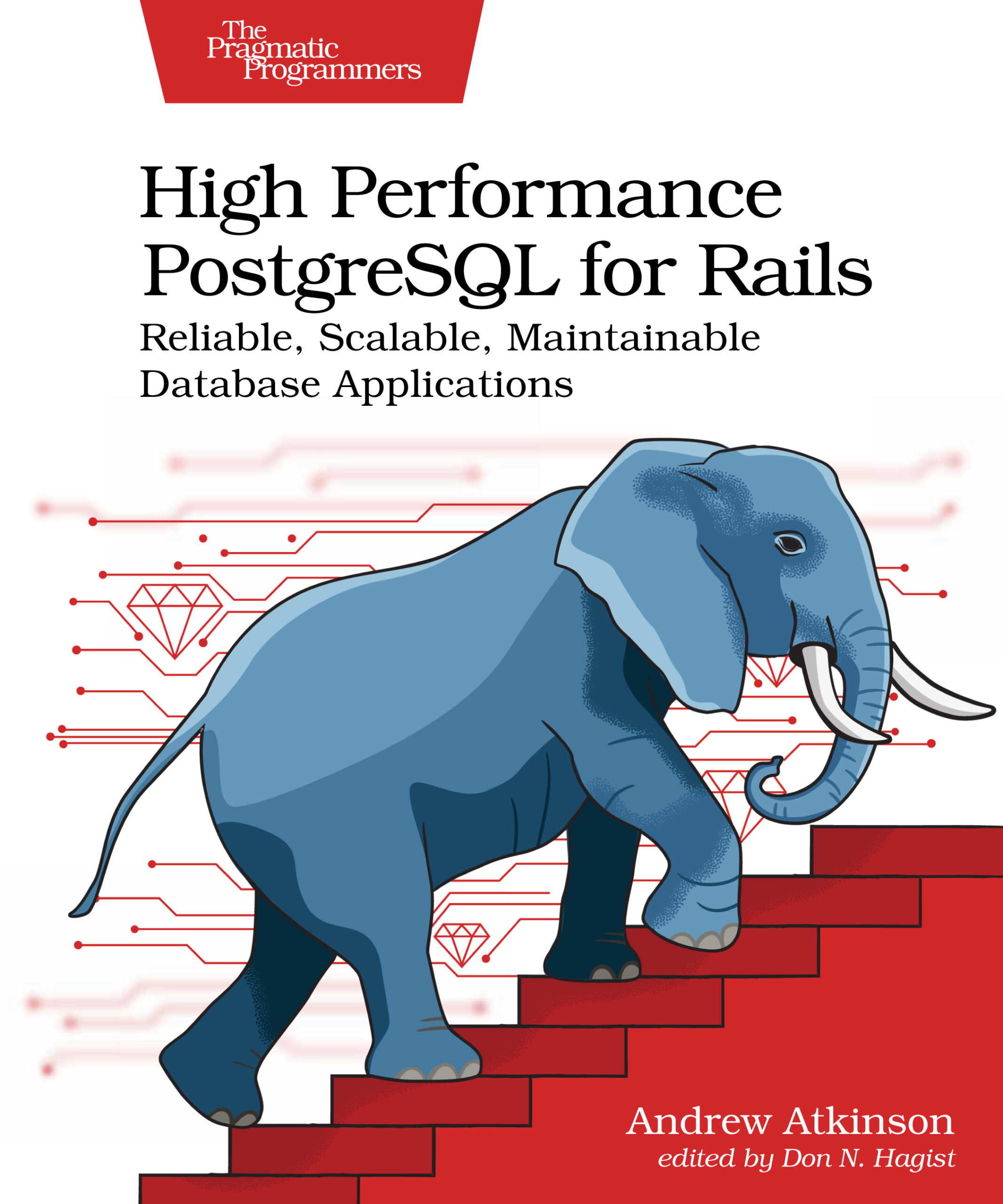Maximizing Postgresql Performance for Optimal Database Efficiency
Postgresql is a widely used open-source relational database management system that offers robust features and flexibility. However, like any database system, performance optimization is key to ensuring optimal efficiency and speed. In this article, we will explore some essential tips and best practices to maximize Postgresql performance for your database.
1. Proper Indexing
One of the most critical steps in optimizing Postgresql performance is proper indexing. Indexes help speed up data retrieval by providing a quicker way to access specific columns in a table. Be sure to create indexes on columns that are frequently queried, especially in JOIN and WHERE clauses. Additionally, regular maintenance of indexes, such as reindexing and vacuuming, can further enhance performance.
2. Efficient Query Optimization
Improving the efficiency of your SQL queries can significantly impact Postgresql performance. Avoid using ‘SELECT *’ and instead, specify only the columns you need in your query. Use EXPLAIN to analyze query plans and identify potential bottlenecks. Consider utilizing indexes, optimizing JOIN operations, and avoiding subqueries whenever possible.
3. Proper Configuration Settings
Configuring Postgresql settings appropriately is crucial for optimal performance. Adjust parameters such as shared_buffers, work_mem, and maintenance_work_mem based on the specific requirements of your database workload. Monitor system performance and adjust configuration settings as needed to meet the demands of your application.
4. Efficient Data Modeling
Effective data modeling plays a significant role in Postgresql performance. Normalize your database schema to reduce redundant data and improve data integrity. Avoid storing large objects in the database and consider using appropriate data types for columns to minimize storage space and enhance query performance.
5. Regular Database Maintenance
Regular maintenance tasks such as vacuuming, analyzing, and monitoring database statistics are essential for ensuring consistent Postgresql performance. Schedule routine maintenance jobs to optimize database performance, identify and resolve issues promptly, and prevent performance degradation over time.
6. Utilize Connection Pooling
Connection pooling can significantly improve Postgresql performance by reducing the overhead of establishing and tearing down connections. Implement a connection pooling mechanism such as PgBouncer or Pgpool-II to efficiently manage database connections, handle concurrent requests, and enhance overall system scalability and performance.
7. Monitor and Tune Performance Regularly
Monitoring Postgresql performance metrics regularly is essential for identifying performance bottlenecks and optimizing system resources. Utilize monitoring tools such as pg_stat_statements, pg_stat_activity, and pg_stat_database to gather insights into query performance, system activity, and resource utilization. Fine-tune configuration settings and query optimizations based on performance metrics to ensure peak database performance.
By implementing these best practices and continuously optimizing Postgresql performance, you can enhance database efficiency, increase query throughput, and deliver optimal performance for your applications. Remember that performance tuning is an ongoing process that requires monitoring, analysis, and adjustments to ensure consistent and reliable database performance.
